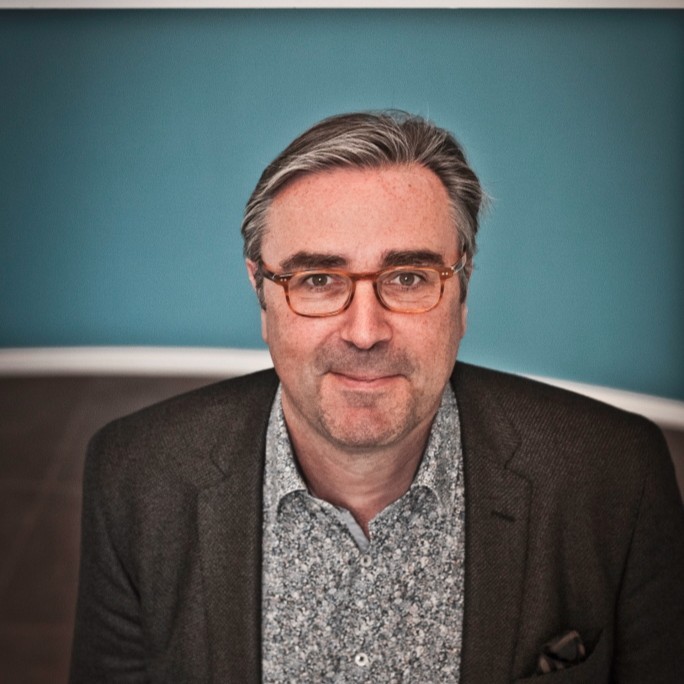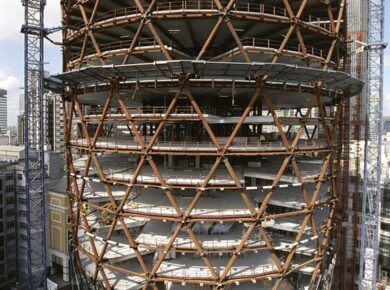Exploring the boundaries of steel (and other materials)
Peter Rice (16 June 1935 – 25 october 1992)
Peter Rice was an outstanding designer. Born in Ireland, he studied engineering at Queens University in Belfast and Imperial College in London. In 1956, he joined the internationally renowned consultant engineering practice of Ove Arup Partners in London, where he was to work for more than thirty years on the design of many important projects.
During the 1960s he was resident engineer on site at the Sydney Opera House and he went on to collaborate with Renzo Piano and Richard Rogers on the competition-winning design for the Centre Pompidou in Paris. It was in the realization of this scheme that he introduced the use of cast steel.

Photo: © User:Colin / Wikimedia Commons / CC BY-SA 4.0
In the years that followed he was to collaborate with many internationally known architects participating in the design of Lloyds of London with Sir Richard Rogers. Peter Rice also worked with Sir Michael Hopkins to design the Mound Stand at Lords Cricket Ground in London.

Photo author: unknown
Peter Rice’s passion for design was fired by an enthusiasm to develop ideas through collaborative effort. This approach was rooted in a view that such collaborations would lead to wide-ranging explorations of design, materials and ways of making which would transform engineering and architecture.

Photo: © Copyright – GP SNCF
In sharp contrast to the standardized and anonymous systems of construction of much modern architecture, Peter Rice and his colleagues worked together to create designs which explored those materials to articulate innovative systems of structure.

Photo: Eric Pouhier
In all of his work Peter Rice emphasized the role of the engineer as explorer, inventor and colleague. His tenacity, inspiration, and ingenuity revealed fresh ideas in familiar territories and opened up new worlds in architecture.

Photo: Oxyman / Stansted Airport, drop off point in front of terminal building / CC BY-SA 2.0
Following their close collaboration over many years, the famous Italian architect, Renzo Piano, commented that: “Peter Rice made a great contribution to anchor the art of architecture to real life, real science, and real modernity.”
About the Author:

Bruno Dursin – Managing Director at Believe in Steel. Bruno has more than 30 years of experience in promoting steel & steel solutions. His clients benefit from his extensive network within the building industry.



